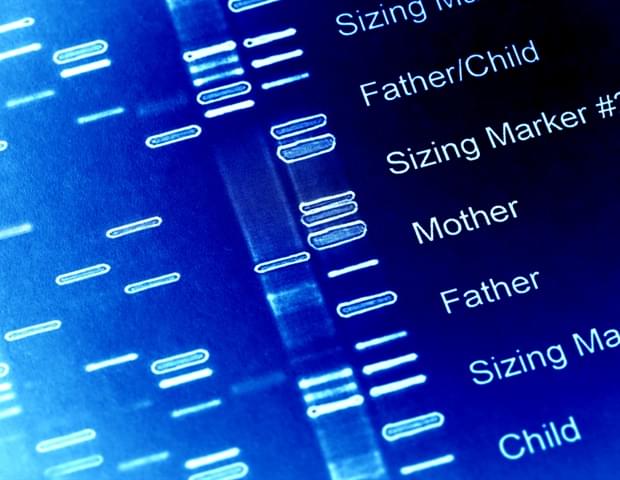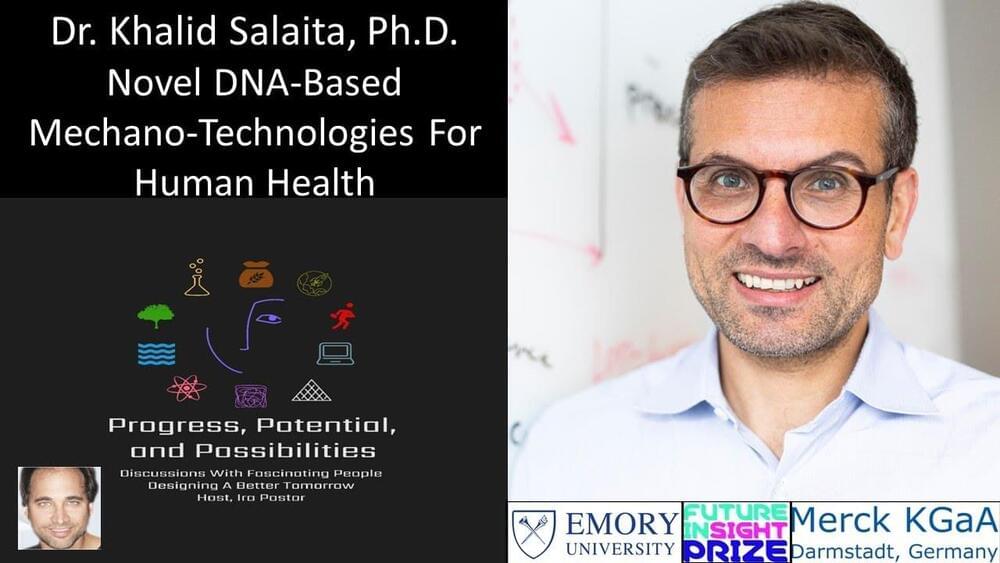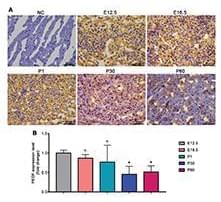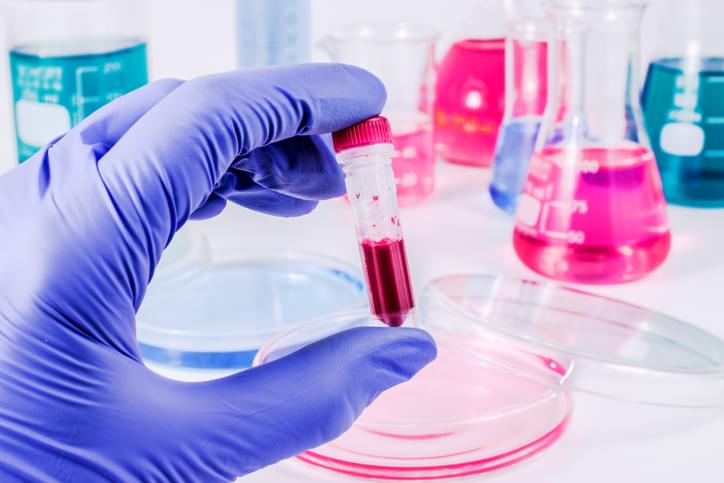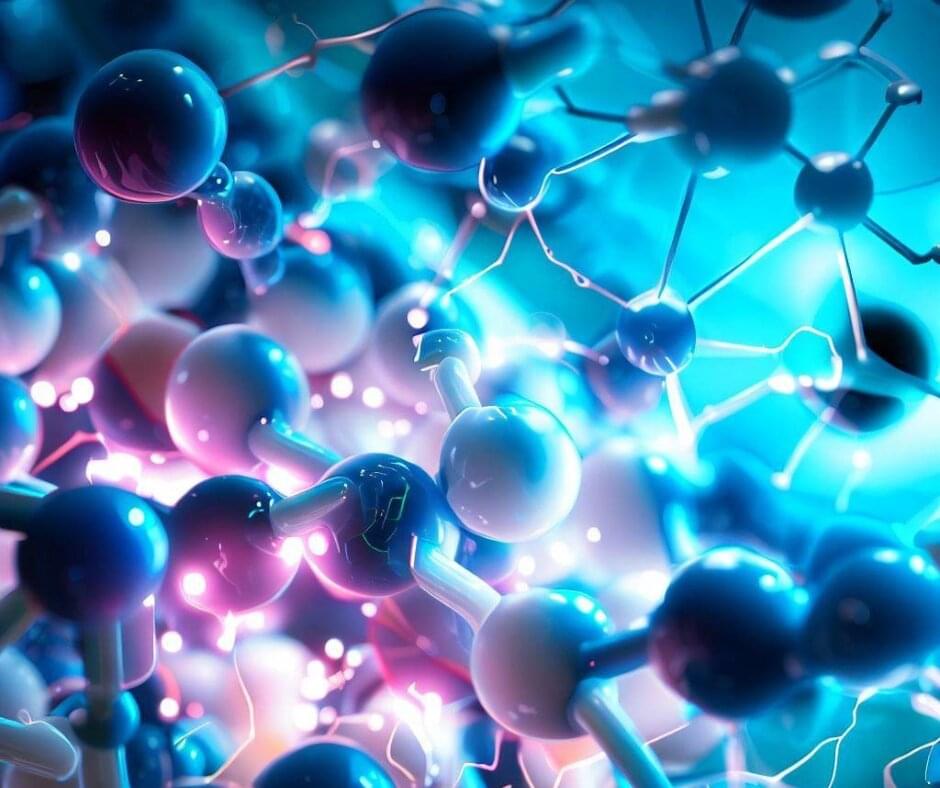Jul 12, 2023
Failed NGS or qPCR? Spectrophotometry can tell why
Posted by Shubham Ghosh Roy in categories: biotech/medical, chemistry, genetics
Genomic analyses, such as next-generation sequencing (NGS) and quantitative polymerase chain reaction (qPCR), require pure nucleic acids and accurate analyte concentrations to perform successful reactions. The purification process to access this genetic material uses methods that rely on detergents, mechanical disruption, and heat to disrupt the cellular structures of nuclei, ribosomes, bacteria, and viruses. Nucleic acid is then purified by performing a solvent extraction, alcohol precipitation, and salting-out.
Contaminants can copurify with nucleic acids
Isolation of nucleic acids (including various forms of DNA and RNA) may be needed from cell harvest, PCR, restriction enzyme digest, agarose gel, and other sources. Several avenues in nucleic acid extraction protocols inadvertently allow the co-precipitation of contaminants owing to the type of starting material or the chosen extraction method (Table 1). In some cases, changing the method or adding another purification step can mitigate or eliminate the copurification issue. However, when contamination remains an issue, it is important to learn as much as possible about the impurities that can denature enzymes, block templates, or otherwise lead to failed chemical reactions necessary for downstream applications.



